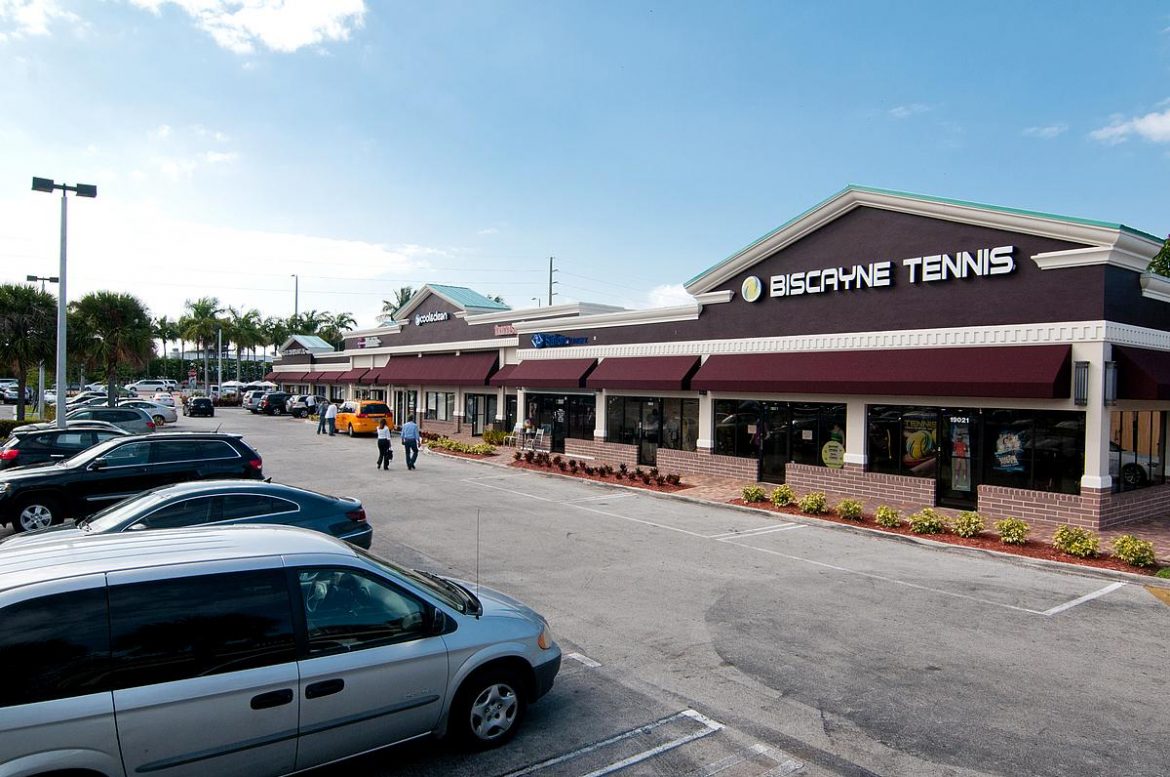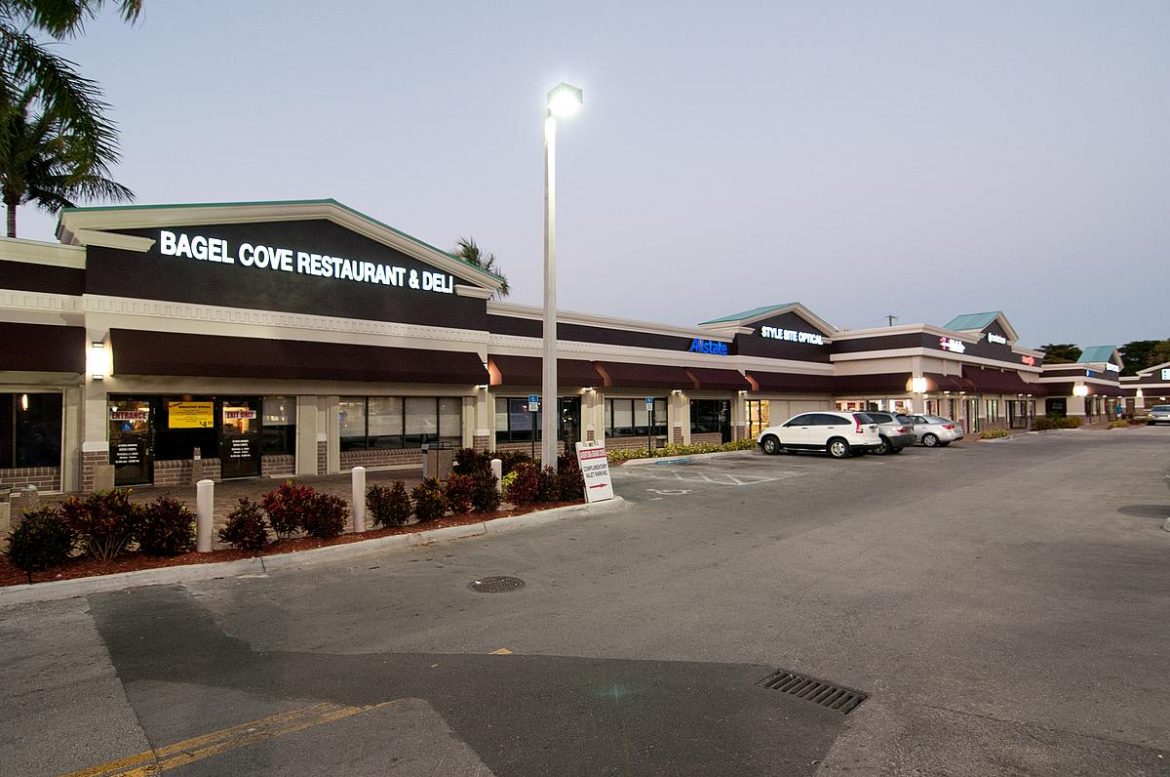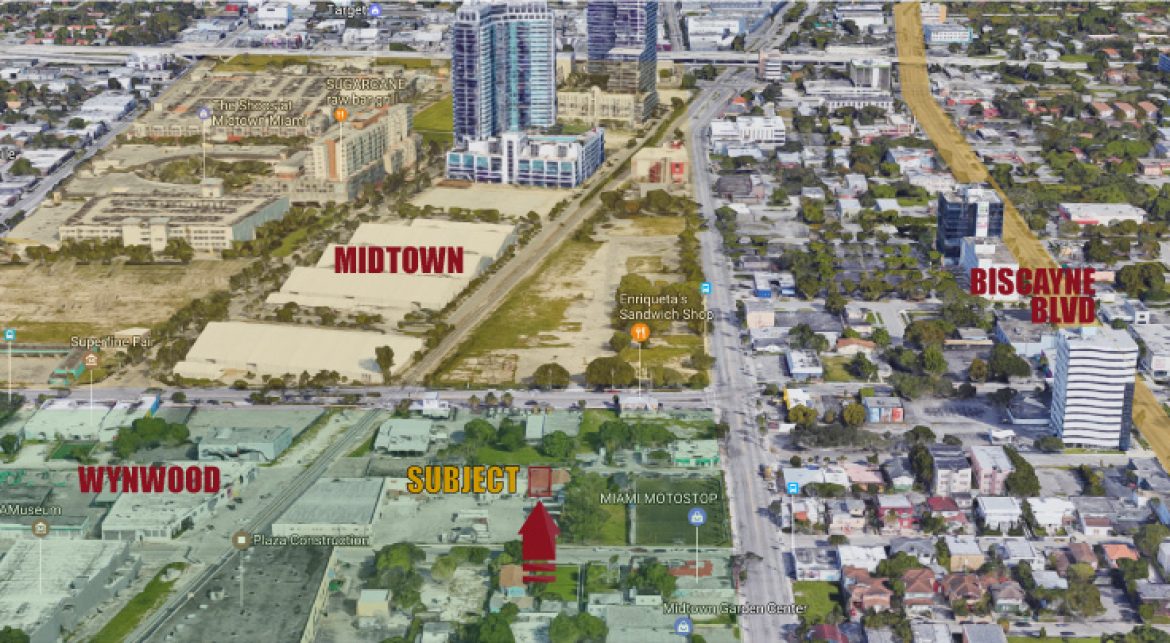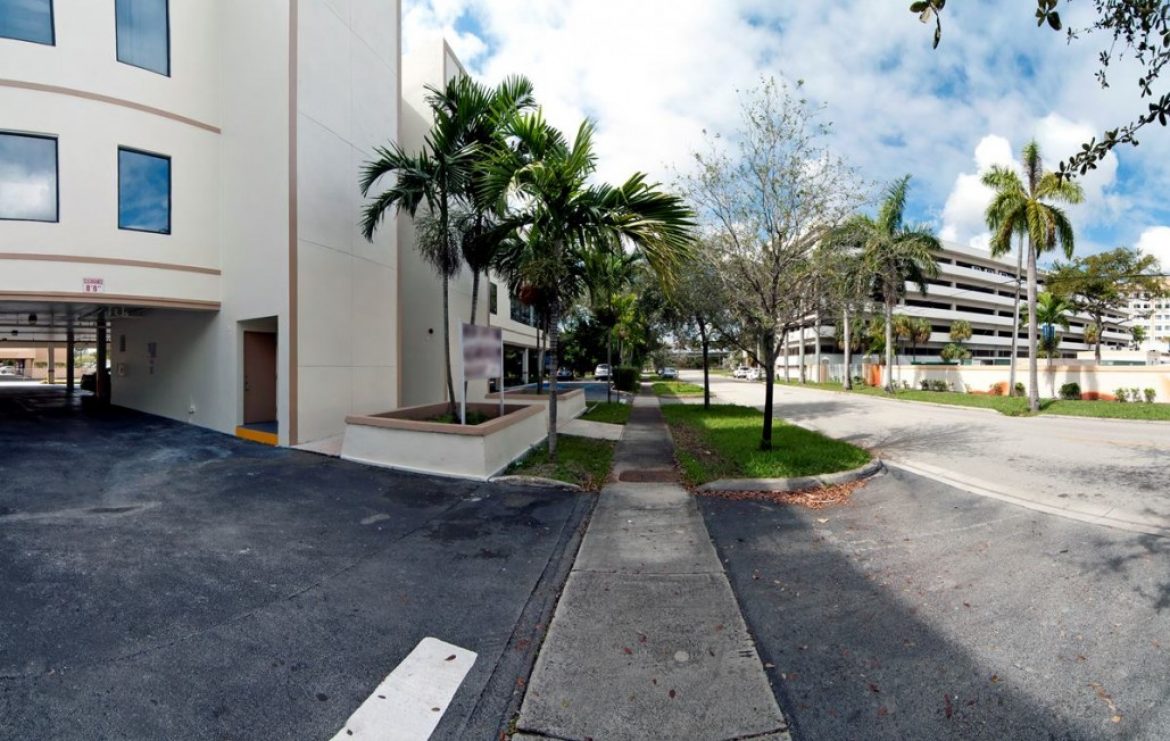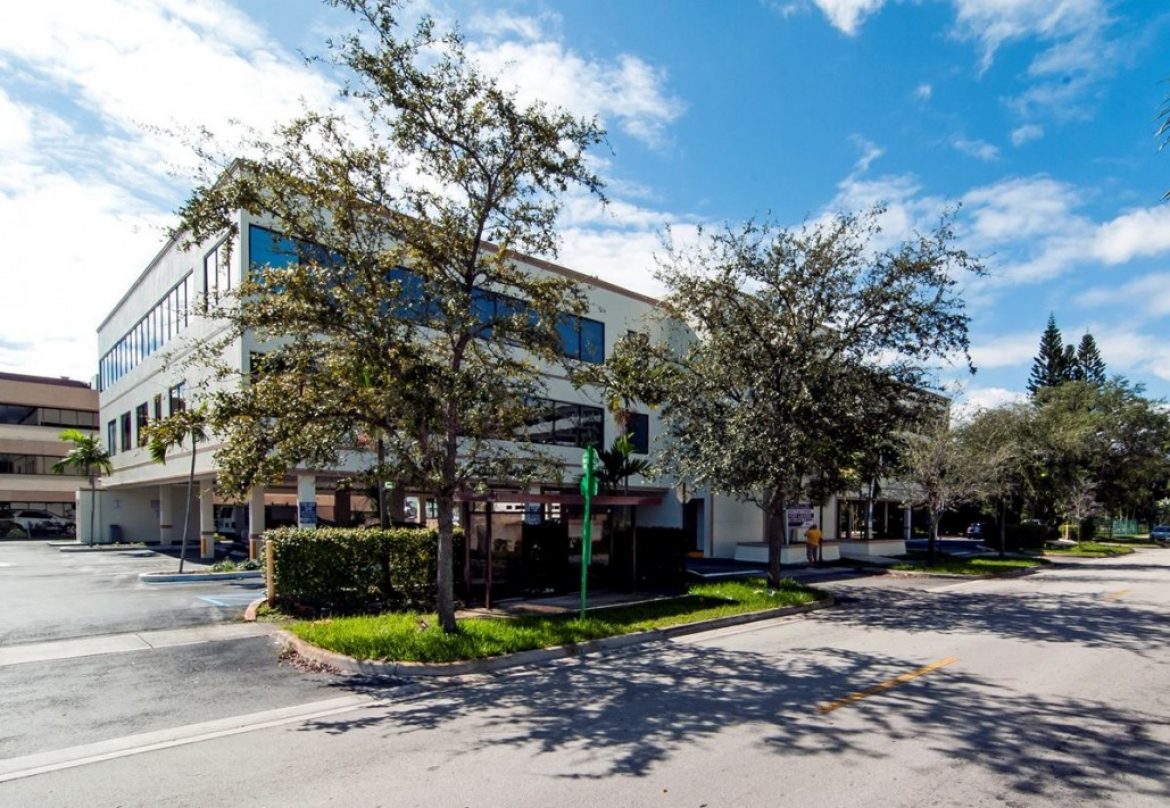The state of real estate development today in Miami-Dade is fueled by expectations of strong returns. One need only look at the number of cranes dotting our regional high-rise commercial and residential zones of Miami, Miami Beach, Coral Gables and elsewhere to recognize the intensity. Currently, metropolitan Miami has the third tallest skyline in the country, and nearly every commercial neighborhood has construction of some kind occurring.
The great challenge and opportunity for developers and investors has been twofold since most are seeking near-term returns that satisfy their investors. Generally, there are two considerations on their minds: when is the right time to purchase and develop property, and what barriers to entry are manageable. Although some local developers have the cash and strategy to be more patient and wait for two to 10 years to move forward with projects on land they own, that is not commonplace.
The key success metrics for many developers is tied to the highest and best use of their capital for mixed-use, residential, office, etc. Here are some market conditions and signals that may tip the prospect of successful development in one direction or another:
First, the macro conditions of the market, including inflation and monetary policies affecting access to capital, tax incentives, and the cost and availability of construction labor and materials, are key success factors for any developer.
Second, sea-level rise and climate change are ground zero in Miami-Dade. Our proximity to the bay and ocean, and the prospect of lifestyle disruption from rising tides, hurricane storm surge, and in some neighborhoods the very existential issue of structures within flood zones, create an urgency and massive investment of federal, state, and local government resources in the billions. We are already witnessing both institutional and noninstitutional lenders refusing long-term financing for certain locations, and that prospect will continue and become more prevalent this decade and beyond. Upland neighborhoods and districts, ones that will not witness flooding in the next two decades, are thus naturally more attractive.
Lastly, the story of Miami, over the past 125 years, has been one of three steps forward and one step back when it comes to development. We have witnessed growth cycles greater than most American cities, but we also tend to be on the frontline of overdevelopment and vacancy when recessions occur. Yet, the sophisticated real estate investor and developers, like those who may have battle scars from the crash and burn of 2008-2010, or who have the wisdom to know that markets ebb and flow, recognize that Miami leads with its entrepreneurial opportunity.
So, based on predictors, trending and conditions, beyond neighborhoods we would call currently “hot” where developers are executing on major projects, what are the next group of neighborhoods ripe for major development in the next decade?
Certainly, areas like Little River are enticing because of their historic position in the marketplace. Assemblages around the immediate commercial corridor along 79th Street are a good play because there is precedent for taller buildings, some of which are targets for repositioning.
We could witness more infill projects in East Little Havana, but the challenge there is tied to limited densities and parking requirements on properties that can make development cost prohibitive. Investors must buy right to make the numbers work. If commercial use is on their mind, they have to work with neighborhood residents in advance to quell concerns over noise at eateries, bars and clubs. That can be costly and time consuming, but if done right could yield great results.
There was an innovation in parking requirements, which shifted it to the street in Little Havana, but that applied to small residential buildings, which fit the small-scale profile of existing residences. Another play might be to buy a handful of these small building complexes or a portfolio of the same, which can be held as prices rise or flipped in three to five years for a nice return.
The key to development in places in the city of Miami north of the central business district is the rezoning of some properties with outdated or limited infrastructure to prepare the land to be flipped or developed. There are opportunities for four-parcel assemblages for small residential development that can produce acceptable returns with low beta.
A good partner in Miami may be its community redevelopment agency, which is looking to bid properties they own and provide tax incentives to developers and investors interested in building housing in these communities.
Lastly, there are ever greater opportunities that should be considered near Metrorail stations and along the US-1 corridor, which are zoned for higher density, with the city of Miami and Miami-Dade County incentivizing opportunities for builders. Noise is a challenge, but that is the point–managing challenges can yield good pricing on land and nice margins upon development.
Going forward, more developers will look to commercial with barriers to entry they can remove to stake their real estate project.
Source: GlobeSt.

